Rescue medications can be an essential part of a Seizure Action Plan and are given to the person having the seizure.
Rescue Medications are NOT used as a daily seizure medicine or in place of daily seizure medicines.
Rescue Medications are approved as an acute treatment, which means that the medicine is given at the time of the seizure or during periods of frequent seizures. They are used to treat cluster seizures or seizures that are distinct from the person’s usual seizure patterns.
There are many types of rescue medications your doctor can prescribe. The videos below demonstrate how to administer the most common types of benzodiazepines usually prescribed.
If you have any questions, please make sure to reach out to your healthcare provider or pharmacist. Click on the links below to explore seizure rescue medication demonstration videos in English and Spanish.
VALTOCO (Diazepam Intranasal) Seizure Medication Training
Thank you to Valley Children’s Hospital, a member organization of Epilepsy Alliance America, for producing these educational videos.


DISCLAIMER
In case of an urgent concern or emergency, call 911, go to the nearest emergency department or contact your primary physician right away.
The topics presented herein are for informational purposes only. This video is not intended to take the place of your personal doctor’s advice and is not intended to diagnose, treat, cure or prevent any disease. The information should not be used in place of a visit, call or consultation or advice of your doctor or other healthcare provider. Any decision you make regarding your healthcare options should be made after consulting a qualified physician.
These videos does not list all potential side effects with each medication. For possible medication side effects, please reference the package insert that came with your medication or visit the manufacturer’s website for the full medication guide.
Gloves were not used in the filming of those how-to videos. If you are administering medication, please follow the appropriate safety protocols according to your site guidelines.
Please properly dispose of used and/or expired medications. To find an authorized medication disposal site near you, check out the U.S. Food and Drug Administration website.
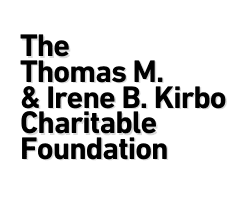

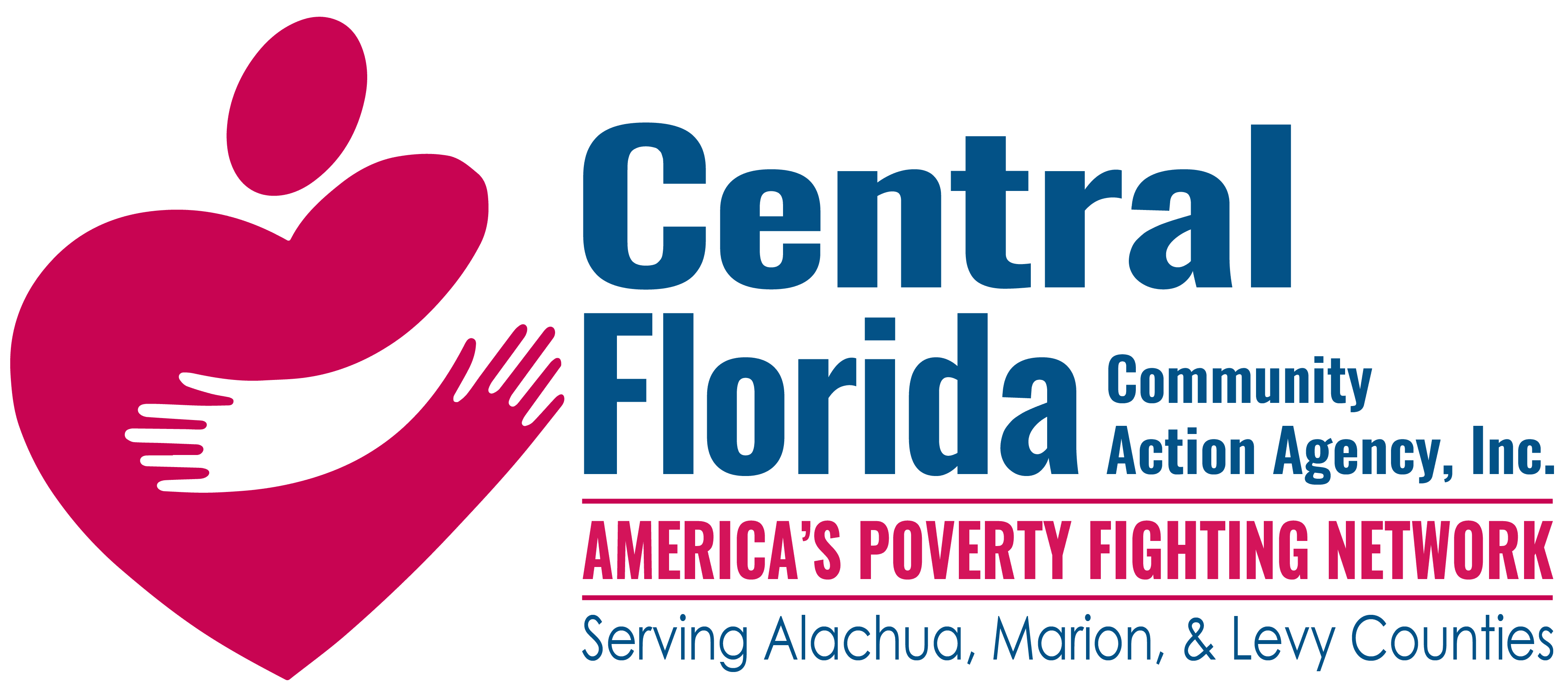

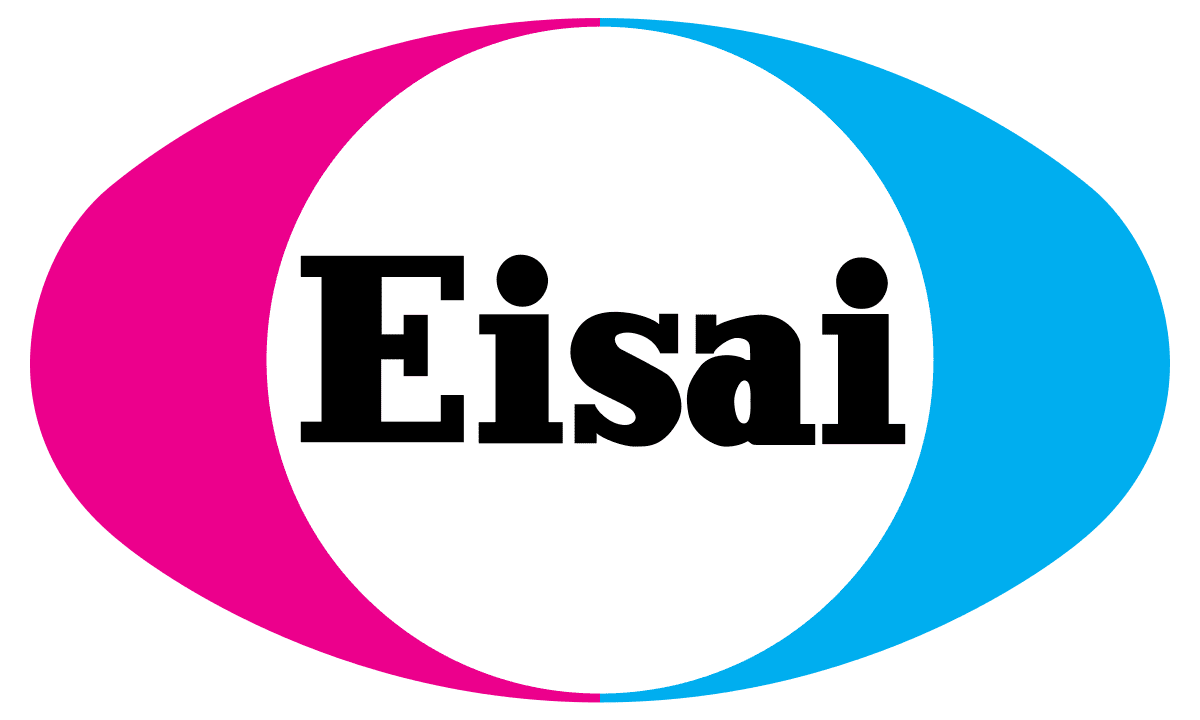
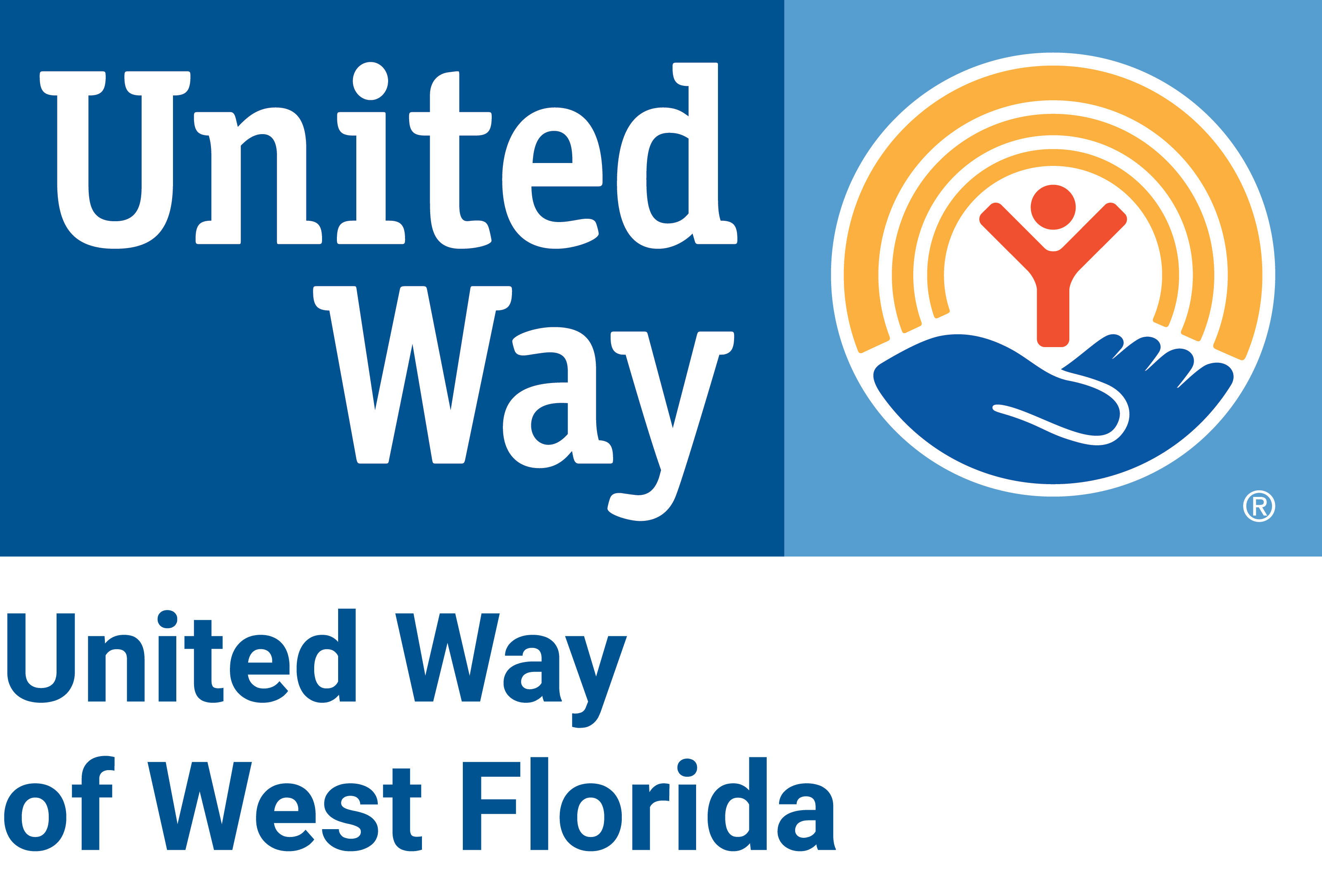

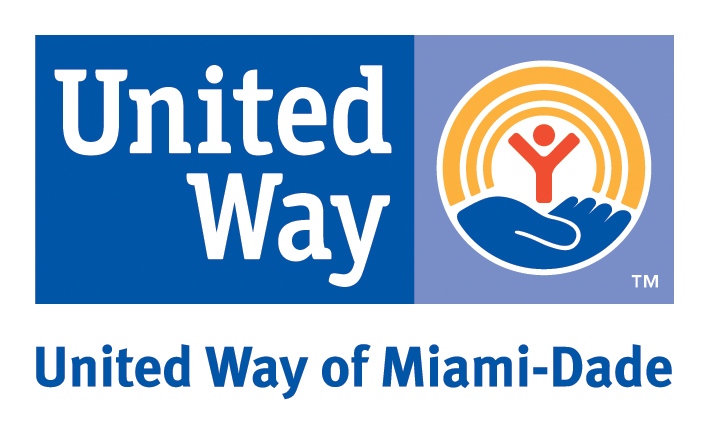























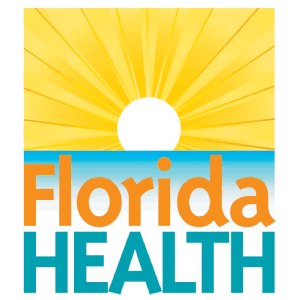







© 2024 Epilepsy. All Rights Reserved